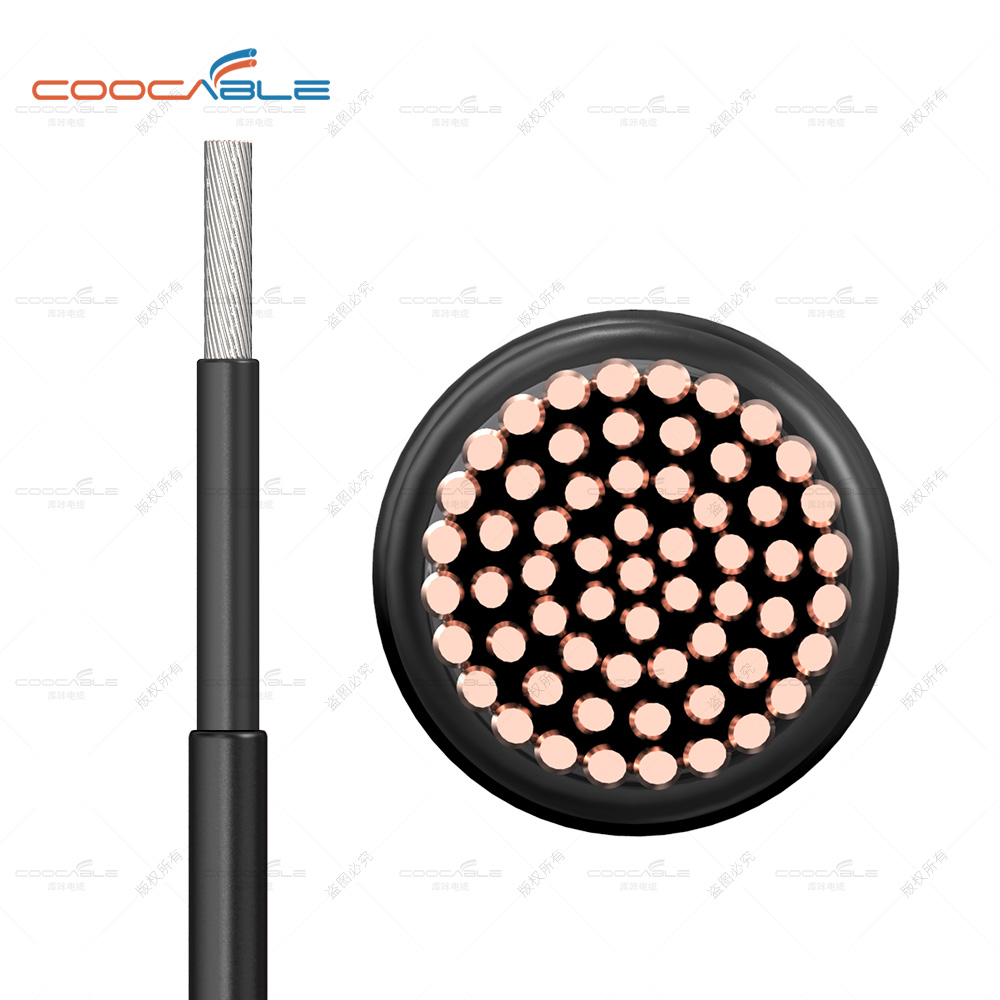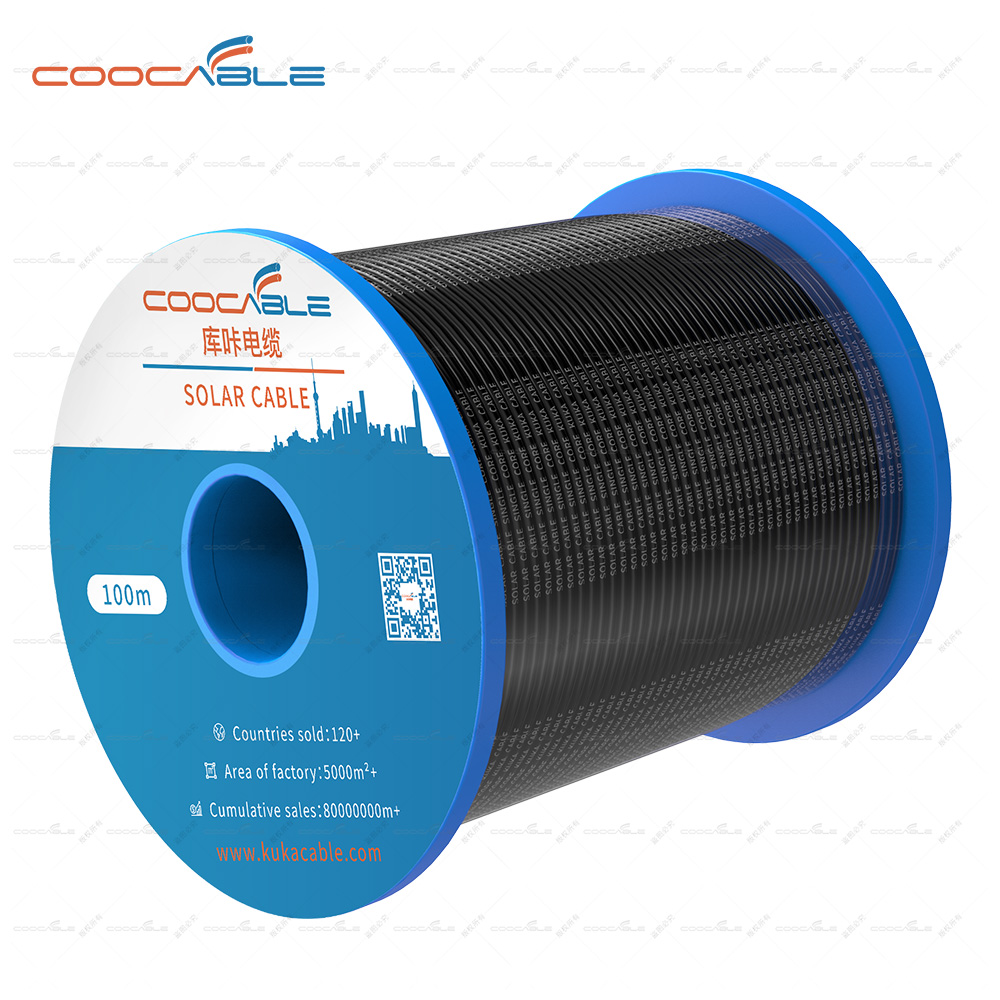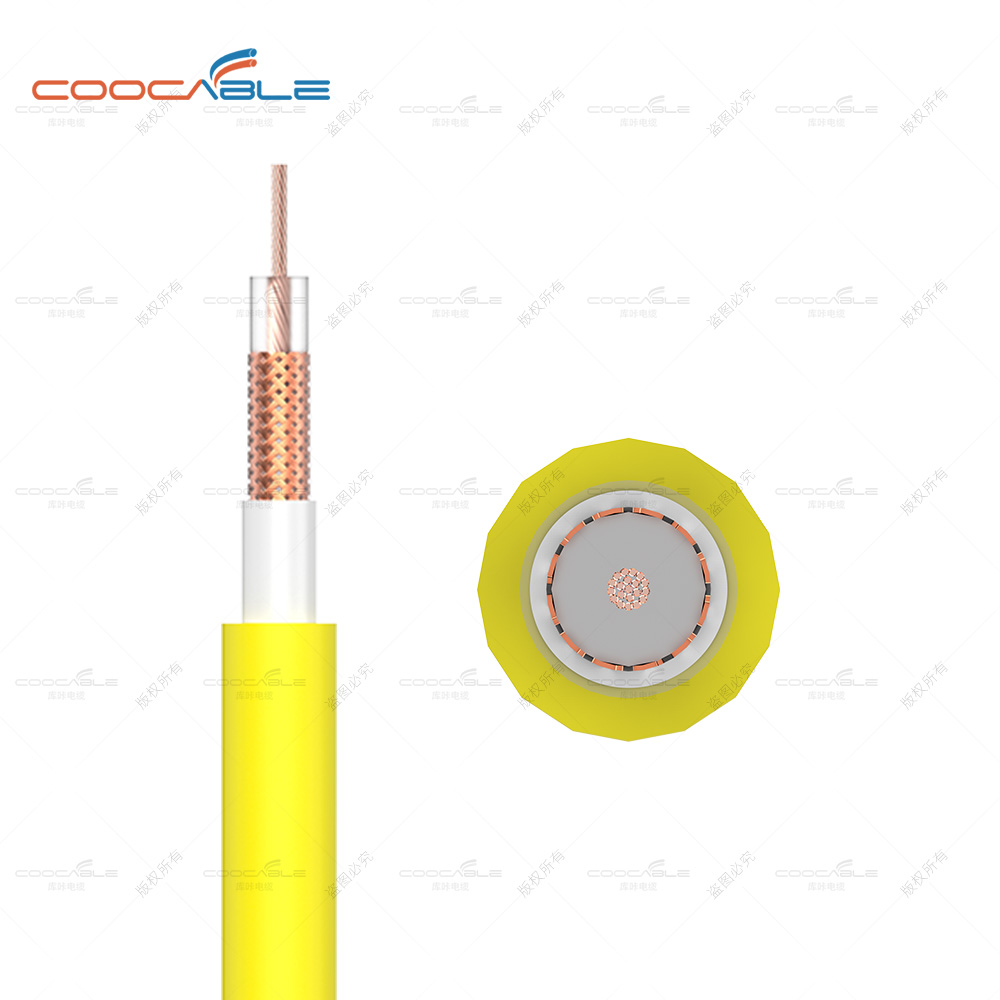Matters needing attention when choosing battery cable
Matters needing attention when choosing battery cable
The battery cable is one of the most important components in a battery management system. High-quality battery cables will help ensure you have power and avoid battery drain, but only if they are properly sized, installed, and maintained.
When choosing a battery cable, you must absolutely double-check two things.
Gauge
Mis-metering of battery cables is one of the most common problems with mis-installation and can pose a far greater risk than some realize. Too thick a wire gauge will prevent proper current distribution. A wire gauge that is too thin can short out and, in extreme cases, cause an engine bay fire. To avoid such problems, make sure to provide amplifier and meter diagrams to everyone involved in the selection process. Here are some simple, comprehensive charts that you can refer to: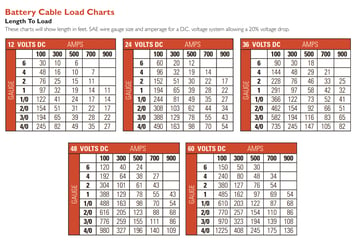
Length
Another critical factor is wire length. When choosing a length, you must consider the voltage drop or the amount of voltage lost over the length of an automotive wire or cable. As the wire length gets longer, the resistance gradually increases until the voltage is forced below a usable level. Voltage drop can be calculated using Ohm's Law: Voltage Drop = Current (Amps) x Resistance (Ohms).
A higher gauge (thinner) wire will have a higher drop rate than a shorter wire of a smaller gauge (thicker wire) because the resistance of the wire is based on its cross-sectional area over a distance.
For example, for a 12-volt DC system, if your load current is 10 amps and the cable distance is 20 feet, at the end of the cable run with the 4-battery cable, your voltage drop will be 1.0% or 11.8 volts. Determining voltage drop is easier with a wire size calculator or our wire gauge chart.
In conclusion, take the time to make sure you choose the correct wire gauge and length for your battery cable - it will pay off in the long run.
Other things to remember
Another important factor in choosing a battery cable is the number of strands. Stranded conductors consist of multiple metal strands, gathered 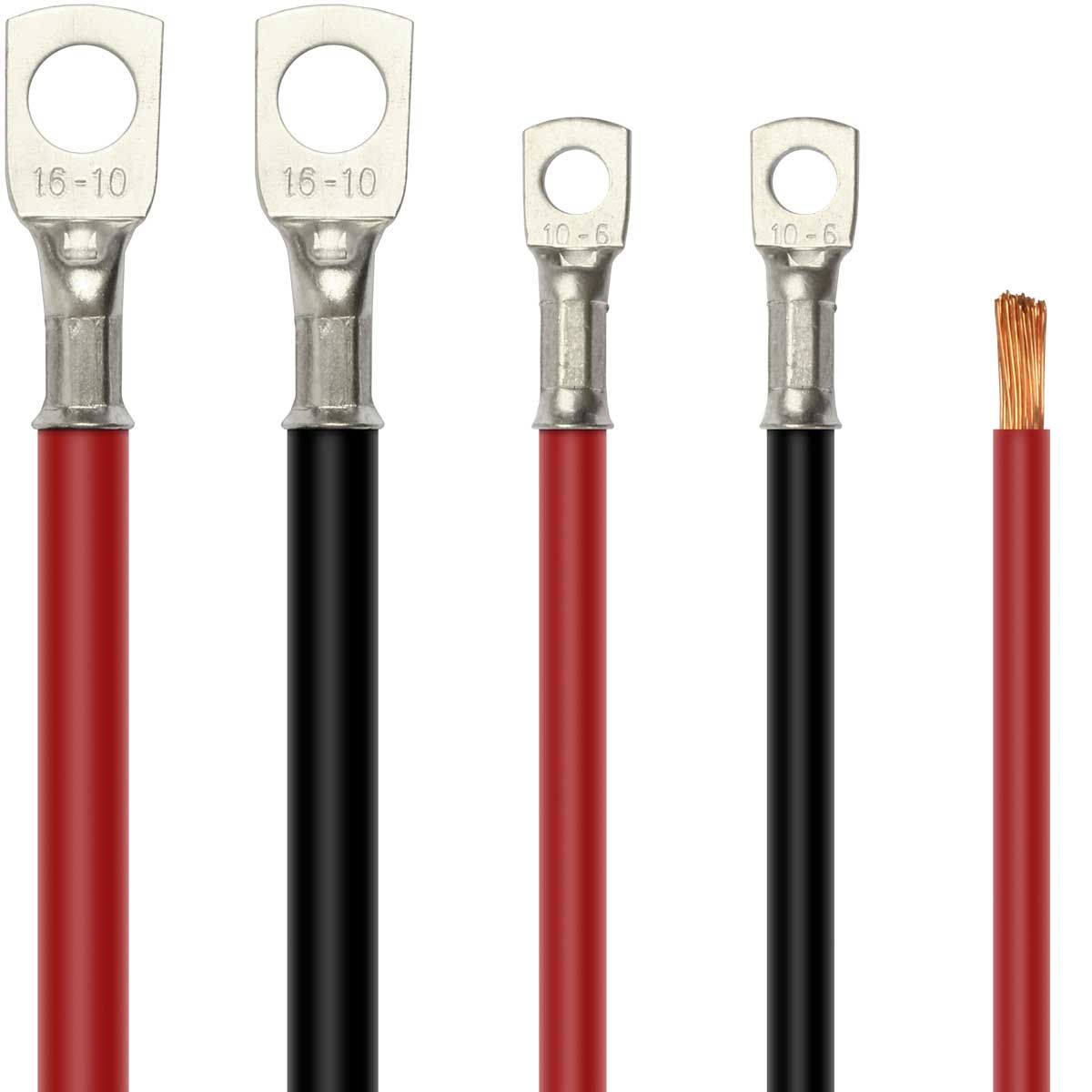 together in any number of configurations. They are much more flexible than solid conductors. As a rule of thumb, the higher the strand count, the more flexible the cable.Also, consider the outer jacket used in the cable. PVC and XLPE materials commonly used for battery cable insulation are ideal for tight battery applications because they are stiffer than EPDM and neoprene jackets. Additional details:
together in any number of configurations. They are much more flexible than solid conductors. As a rule of thumb, the higher the strand count, the more flexible the cable.Also, consider the outer jacket used in the cable. PVC and XLPE materials commonly used for battery cable insulation are ideal for tight battery applications because they are stiffer than EPDM and neoprene jackets. Additional details:
PVC (vinyl) provides controlled oxygen and water vapor transmission, and UV stability, and is cold-resistant, lightweight, and affordable
Cross-linked polyethylene (XLPE) with high chemical and moisture resistance for high temperature/high-pressure applications
EPDM (rubber) has excellent resistance to environmental factors such as ozone, UV rays, and general weathering
Finally, keep safety ratings in mind. All battery cable options offered by Waytek meet SAE J-1127, Ford, and Chrysler specifications for automotive applications. In addition, SGR battery cables also meet UL-558 and UL-553 flame retardant standards.
Installation and Maintenance
Once you have selected the correct gauge battery cable for your application, be sure to connect it securely to the battery terminals. Improper connections can affect the performance of the battery system and are the leading cause of most battery terminals being blown. By determining the correct cable size, using properly assembled cable connectors, and practicing good maintenance habits, you will minimize the chance of problems.
Maintenance is simple but often overlooked: To avoid corroding the terminals, check battery cables regularly to make sure they don't crack over time. Also, be sure to keep the battery post clean and remove any dirt from the top of the battery. Make sure your lugs are firmly seated on the battery posts and the vent cover is in place.
By following these guidelines, you can prevent faulty connections that can degrade battery system performance.
If you have additional questions about choosing the right battery cable for your installation, please contact us; whether you're looking for battery cables, battery jackets,, coocable has you covered for your battery management needs.
Explore Waytek's wide range of high-quality battery cables below:
SGR Battery Cable - Rubber insulated, typically used in automotive applications, but its properties make it suitable for other industries as well.
SGT battery cable - for starter or ground circuit.
SGX Battery Cable - For car starter or battery grounding where abrasion, heat, and aging resistance is required.
Parallel Bonded Battery Cables - tangle-free cables that are color coded for easy polarity identification.


